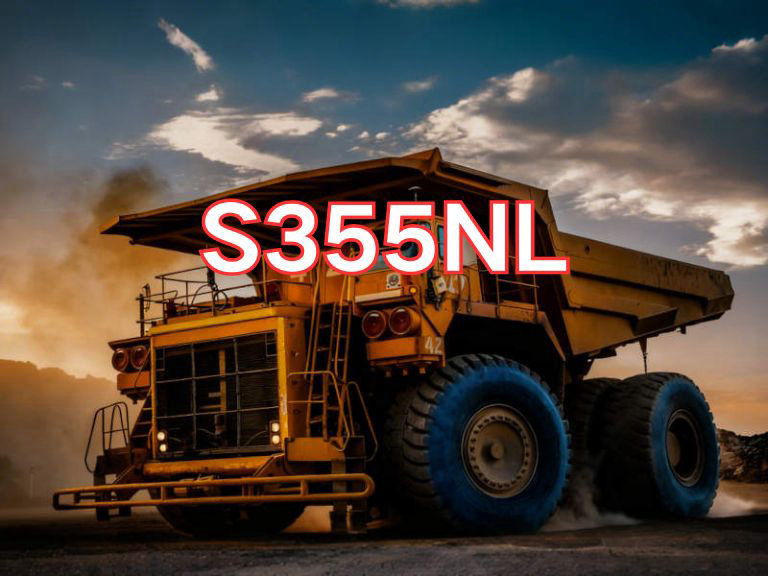

AS3678-350
AS3678-350 is a high-strength structural steel plate, named according to the Australian Standard AS 3678. The "AS" stands for Australian Standard, "3678" is the standard number specifically covering technical delivery requirements for hot-rolled structural steel plates, wide flats, and bars, and "350" indicates the specified minimum yield strength of 350 MPa at room temperature. This naming system clearly identifies the material's standard origin and key mechanical property, making it one of the most widely used structural steel grades in Australia and New Zealand.
AS3678-350 steel plate is primarily used in construction, bridges, infrastructure, heavy machinery, mining equipment, pressure vessels, shipbuilding, and various industrial building structures. Due to its balanced performance, it is commonly employed in manufacturing key load-bearing components such as beams, columns, trusses, bracing members, platform structures, and lifting equipment. The grade is particularly suitable for general structural applications requiring good weldability, ductility, and toughness, and is a common material choice in Australian building codes and engineering designs.
The main characteristics of this grade include excellent weldability, formability, and toughness. As a hot-rolled carbon-manganese steel, AS3678-350 achieves stable mechanical properties and uniform microstructure through optimized chemical composition and rolling processes. It has a low carbon equivalent, allowing high-quality welds to be achieved without preheating or with only minimal preheating, significantly simplifying construction procedures. Additionally, it offers sufficient ductility for cold bending, cutting, drilling, and other fabrication operations. The steel also exhibits good fatigue resistance and atmospheric corrosion resistance, ensuring reliable long-term service in diverse environmental conditions.
Currently, AS3678-350 plates are manufactured and supplied in accordance with AS 3678:2011 – "Hot-rolled structural steel plates, floorplates, strips and sections", published by Standards Australia. This standard specifies detailed requirements for chemical composition, tensile properties, bend test performance, impact toughness (typically tested at 20°C), dimensional tolerances, and inspection procedures for multiple strength grades, including 350. AS 3678:2011 serves as the fundamental reference for structural steel design, fabrication, and acceptance in Australia, ensuring material quality and structural safety. With its reliable performance and standardized production, AS3678-350 holds a significant position in engineering and construction projects across Australia and neighboring regions.

Ultrasonic Testing (UT)
A key non-destructive testing technique that uses high-frequency sound waves to detect internal flaws in steel plates. The probe emits sound waves, which reflect when encountering defects such as cracks or inclusions. The receiver captures the echoes, enabling precise determination of defect location and size. With high sensitivity, strong penetration, and fast inspection speed, UT effectively ensures internal quality, widely used in the production of heavy plates, pressure vessel plates, and other high-end products to guarantee safety and reliability.

Magnetic Particle Testing (MT)
A common surface inspection method that magnetizes the workpiece, causing leakage magnetic fields at surface or near-surface defects like cracks or inclusions, which attract magnetic particles to form visible indications. Simple to operate and highly sensitive, MT is suitable for rapid inspection of surface and near-surface flaws in ferromagnetic materials, widely used for online or offline inspection of plate edges, ends, and welds, ensuring product quality and safety.

Penetrant Testing (PT)
A non-destructive method for detecting surface-breaking flaws. A penetrant liquid is applied to the cleaned steel surface, allowing it to seep into defects such as cracks or pores. After removing excess penetrant, a developer is applied, causing the trapped penetrant to bleed out and form visible indications. Simple and cost-effective, PT is suitable for inspecting surface defects in various non-porous materials, commonly used for welds, castings, and complex components, effectively ensuring surface quality of steel plates.












